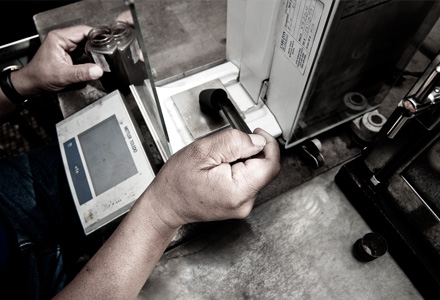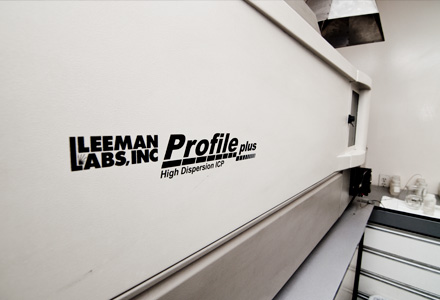TESTING SERVICES
SETTING THE STANDARD
We offer two different testing packages that include the industry standards for coal. As with every test we perform, our highly experienced team uses today’s most technologically advanced systems for the most accurate result every time. For more specific information about our packages, or to hire us to bulk test for you, please contact us here.
ULTIMATE ANALYSIS: ASTM-D3176
– Moisture: ASTM-D3302 / D3173
– Ash: ASTM-D3174
– Sulfur: ASTM-D4239
– Carbon: ASTM-D5373
– Hydrogen: ASTM-D5373
– Nitrogen: ASTM-D5373
Our Ultimate Analysis includes various gravimetric and instrumental procedures used to determine the total elemental carbon, hydrogen, nitrogen, and sulfur together with the total ash content in the coal. Total oxygen is a calculation by difference. Moisture is also determined to calculate the results to other basis.

PROXIMATE ANALYSIS: ASTM-D3172
– Moisture: ASTM-D3302 / D3173
– Ash: ASTM-D3174
– Volatile Matter: ASTM-D3175
Our Proximate Analysis includes gravimetric procedures used to determine the total moisture, total ash content, and volatile matter in coals. The fixed carbon content is a calculation by difference.

SPECIFIC & INDIVIDUAL TESTS
Click through the following Specific and Individual Testing Services below to learn more about each type. For more specific information about the tests, or to hire us to test for you, please contact us here.

CONTACT US
T – 757.826.5310
F – 757.827.1366
E – hrt@hrtcoal.com
LOCATION
611 Howmet Drive
Hampton, VA 23661
